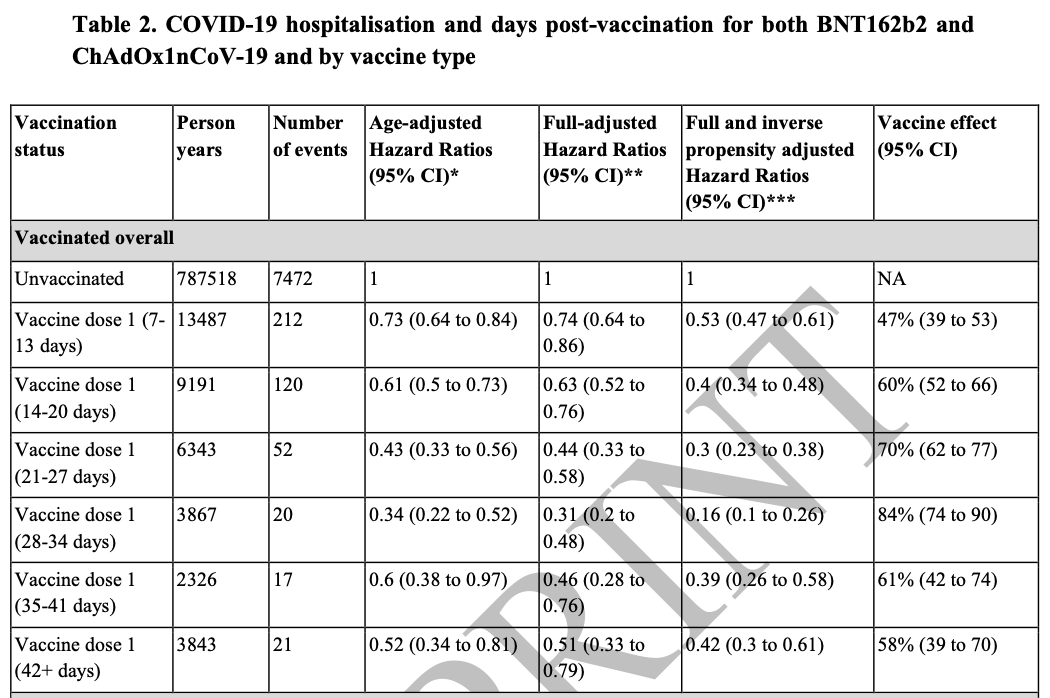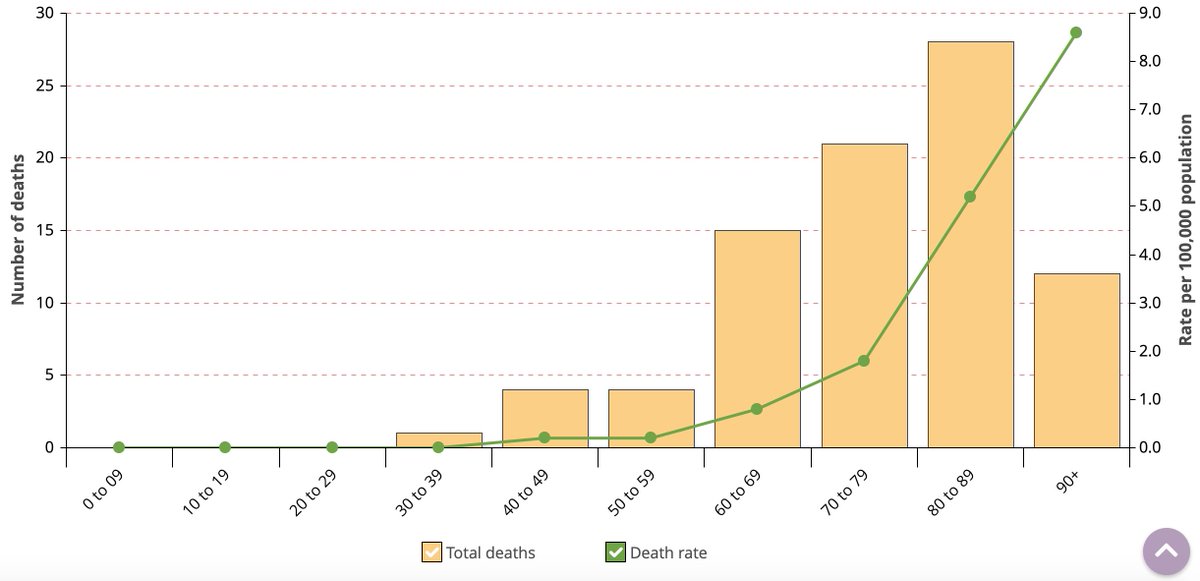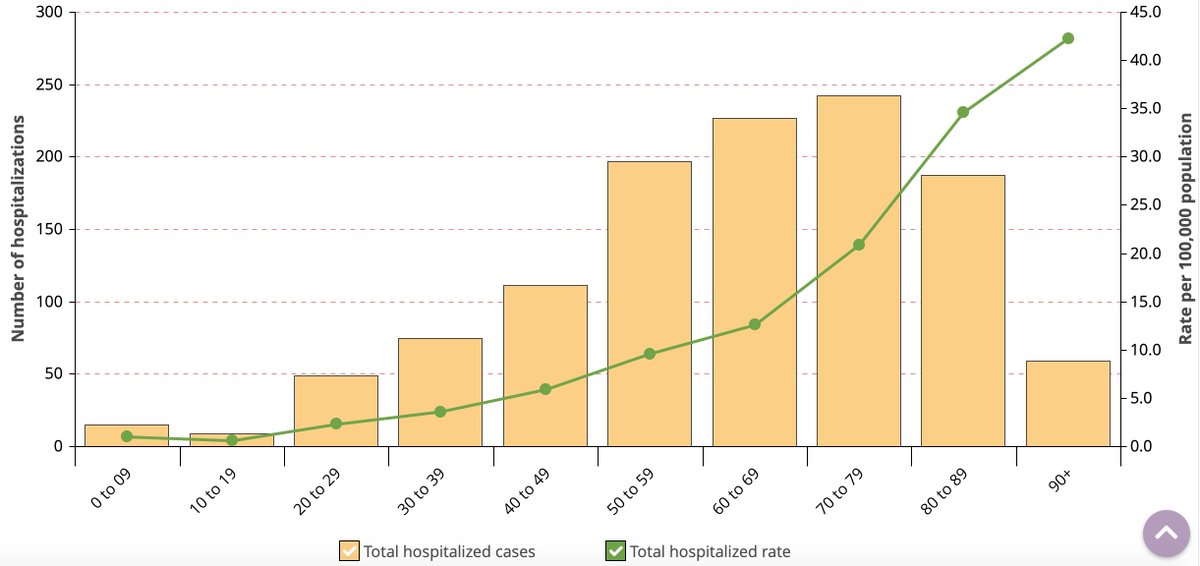
To date, 23.5-million Canadians (71%) aged ≥12 years have received 1 dose of a #COVID19 vaccine and 3-million (9%) are fully vaccinated.
Incredibly, we still don't have guidance for the fully vaccinated.
Us Canadians seem to be experiencing Fear of Normalization (FONO).
1/10
Incredibly, we still don't have guidance for the fully vaccinated.
Us Canadians seem to be experiencing Fear of Normalization (FONO).
1/10
The @CDCgov released its first guidance for the fully immunized on March 8.
@RobynUrback wrote about the need for similar Canadian guidance on April 16: theglobeandmail.com/opinion/articl…
Months later, all Canadians are still given the same guidance regardless of vaccination status.
2/10
@RobynUrback wrote about the need for similar Canadian guidance on April 16: theglobeandmail.com/opinion/articl…
Months later, all Canadians are still given the same guidance regardless of vaccination status.
2/10
The absence of guidance is highly problematic for several reasons:
-We might be able to motivate even more people to get vaccinated: tvo.org/article/we-nee…
-People will make up their own rules based on what @jm_mcgrath calls their "best guesses": tvo.org/article/we-nee…
3/10
-We might be able to motivate even more people to get vaccinated: tvo.org/article/we-nee…
-People will make up their own rules based on what @jm_mcgrath calls their "best guesses": tvo.org/article/we-nee…
3/10
Knowing how effective vaccines are, it makes no scientific sense to have 3-million fully vaccinated Canadians follow the same public health measures as unvaccinated people.
We must stop fearing normalization and provide individual- rather than population-level guidance.
4/10
We must stop fearing normalization and provide individual- rather than population-level guidance.
4/10
Many have raised concerns about the equity of such an approach, but consider that:
-The majority of fully vaccinated people are currently older adults and health care workers
-Vaccination hotspot strategies like #Ontario's helped reduced inequities in vaccination coverage
5/10
-The majority of fully vaccinated people are currently older adults and health care workers
-Vaccination hotspot strategies like #Ontario's helped reduced inequities in vaccination coverage
5/10

Finally, all Canadians will have the opportunity to be fully vaccinated by late summer—are we really going to hold everyone back for 2-3 months so that we can all move together?
That would be very Canadian, but would exacerbate accumulating economic and societal hardships.
6/10
That would be very Canadian, but would exacerbate accumulating economic and societal hardships.
6/10
So what would this guidance look like?
First, we need to clearly tell fully-, partially- and un-vaccinated Canadians which settings and activities they can safely participate in with and without a mask.
The @CDCgov guidance provides a nice roadmap:
cdc.gov/coronavirus/20…
7/10
First, we need to clearly tell fully-, partially- and un-vaccinated Canadians which settings and activities they can safely participate in with and without a mask.
The @CDCgov guidance provides a nice roadmap:
cdc.gov/coronavirus/20…
7/10
Second, we should allow fully vaccinated Canadians access to higher transmission settings (closed spaces, crowded places, and close contact), ideally with proof of vaccination.
Israel successfully did this with their "Green Pass" vaccine passport: covid19-sciencetable.ca/sciencebrief/l…
8/10
Israel successfully did this with their "Green Pass" vaccine passport: covid19-sciencetable.ca/sciencebrief/l…
8/10
Third, we should allow interprovincial and international travel for the fully vaccinated, again with proof of vaccination.
As recommended by a federally-appointed panel, Canada should eliminate the need for fully vaccinated travelers to quarantine: canada.ca/en/health-cana…
9/10
As recommended by a federally-appointed panel, Canada should eliminate the need for fully vaccinated travelers to quarantine: canada.ca/en/health-cana…
9/10

Public health measures have no doubt saved the lives of countless Canadians, but they have also caused hardship.
15 months into the pandemic, we can be a little less blunt and a lot more precise about our application of them, by creating guidance for vaccinated Canadians.
10/10
15 months into the pandemic, we can be a little less blunt and a lot more precise about our application of them, by creating guidance for vaccinated Canadians.
10/10
Mea culpa. The first article in this tweet was written by @jm_mcgrath, but the second article (and the quote) was written by @mattgurney. Many apologies (and I so wish there was an edit button).
• • •
Missing some Tweet in this thread? You can try to
force a refresh









